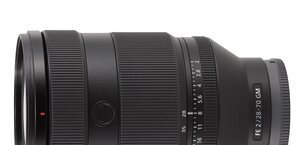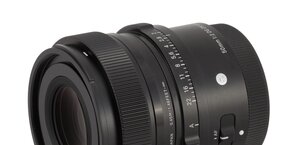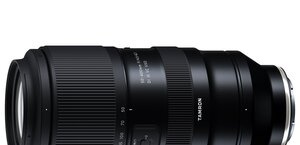Sony FE 40 mm f/2.5 G
6. Distortion
First let's see what such a move of the producer and optics constructors means in practice – I think here of the performance on the corrected JPEG files. On the smaller APS-C sensor you get a result of −0.05%, and it's −0.03% on full frame. The algorithms deal with the problem exceedingly well and, as a result, distortion is practically zero.
Only after analysing RAW files, developped with independent software such as e.g. dcraw, you see how the lens's optics really deals with distortion. There are a bit more problems but, as we've already mentioned, these values are not especially bothersome. On the APS-C sensor you have to look really hard to notice slight barrel distortion of −0.62%. On full frame you are able to notice deformations without any problems but still they can hardly be called high – we got a result of −1.44%. Such values are typical for classic full frame 35-50 mm lenses for reflex cameras that were offered some 10-15 years ago.
Please Support UsIf you enjoy our reviews and articles, and you want us to continue our work please, support our website by donating through PayPal. The funds are going to be used for paying our editorial team, renting servers, and equipping our testing studio; only that way we will be able to continue providing you interesting content for free. |
- - - - - - - - - - - - - - - - - - - - - - - - - - - - - - - - - - - - - - - - - - - - - - - -
| Sony A7R III, 40 mm, JPEG, APS-C | |||
 |
|||
| Sony A7R III, 40 mm, JPEG, FF | |||
 |
|||
| Sony A7R III, 40 mm, RAW, APS-C | |||
 |
|||
| Sony A7R III, 40 mm, RAW, FF | |||
 |
|||






